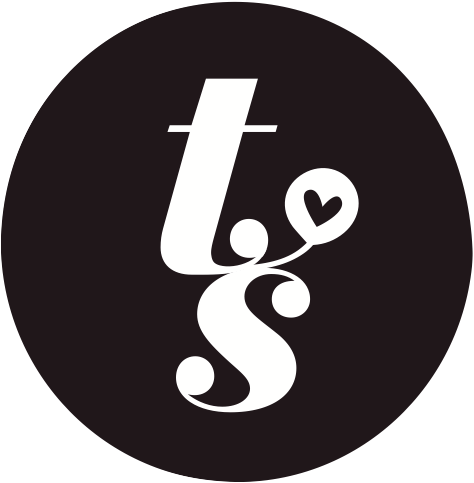Hormones
First up is estrogen. The term “estrogen” actually refers to three separate hormones They are predominantly produced in the ovaries, however some is also produced by the liver, adrenal glands, breast tissue and fat cells. This becomes particularly useful as we travel through menopause.
Estrogen is at its highest level just before ovulation (which may explain a few things!). It triggers Luteinising hormone (LH) and follicle stimulating hormone (FSH), which in turn triggers ovulation to occur. Here are the three main estrogens and a short summary of their roles:
Estrone (E1)
A weaker form of estrogen, this hormone is most often produced by cells in fat located around the tummy and on the thighs. It is known as an estradiol precursor – like a “back up” form of estradiol when going through menopause.
Estradiol (E2)
This hormone is the major estrogen produced by the ovaries and is the strongest acting one. It is the hormone that travels throughout the body and docks into estrogen receptors on our cells and has an effect inside the cell. It is also produced in smaller amounts by the adrenal glands.
Estriol (E3)
A metabolic by-product of estradiol metabolism that has a mild effect on estrogen receptors. It is formed in the liver and is only 8% as potent as estradiol, and 14% as potent as estrone. Once estriol is bound to an estrogen receptor however, it blocks the stronger estradiol from acting there. A breakdown product of Estriol called 16-hydroxyestrone is associated with an increased risk of breast and cervical cancers.
Thankfully, we now have amazing testing resources available which show where our hormones are sitting, allowing for accurate support based on evidence. If you are interested in hormone testing, get in touch and I can discuss options with you. We will also have these available to our clients this year, so we're looking forward to sharing more about this with you in the coming months.
Go well everyone, see you at the next meeting, and remember we're here to help.

